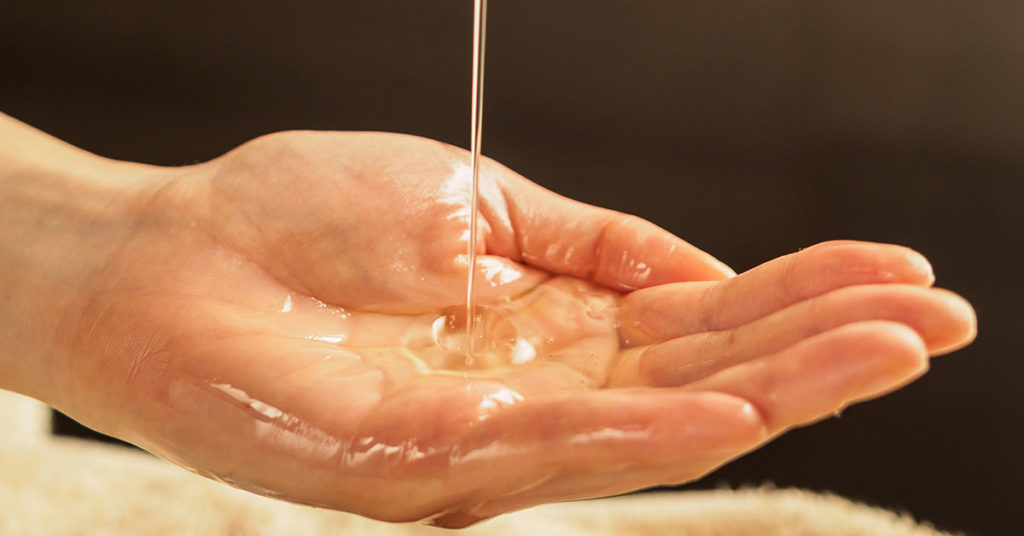Baobab oil is a natural oil that is derived from the seeds of the baobab tree, which is native to Africa. This oil has been used for centuries by indigenous African communities for its many health benefits. In recent years, baobab oil has gained popularity in the Western world due to its many nutritional and cosmetic properties.
In this blog post, we will explore what baobab oil is good for and how it can be used to enhance health and beauty. We will also examine the scientific research that supports these claims.

What is Baobab Oil Good For: Wound Healing Properties
Baobab oil has been found to have wound healing properties. In a study published in the Journal of Oleo Science, researchers found that the topical application of baobab oil to wounds in rats resulted in faster wound healing and reduced inflammation. The researchers also noted that baobab oil had antimicrobial properties that may have contributed to its wound healing effects (Sabiu and O’Neill, 2012).
What is Baobab Oil Good For: Antioxidant Properties
Baobab oil is a rich source of antioxidants, which are important for protecting the body against damage caused by free radicals. Free radicals are unstable molecules that can cause oxidative stress, which has been linked to numerous health problems, including cancer, heart disease, and Alzheimer’s disease.
In a study published in the Journal of Medicinal Food, researchers found that baobab fruit pulp and leaves contained high levels of phenolic compounds, which have potent antioxidant and anti-inflammatory activities. The researchers suggested that baobab oil may be useful in the treatment of diseases that are caused by oxidative stress (Tanih et al., 2013).
What is Baobab Oil Good For: l Anti-Inflammatory Properties
Baobab oil has also been found to have anti-inflammatory properties. In a review published in the journal Critical Reviews in Food Science and Nutrition, researchers found that baobab fruit pulp and leaves contained high levels of bioactive compounds that have anti-inflammatory effects. The researchers suggested that baobab oil may be useful in the treatment of inflammatory diseases, such as arthritis and asthma (Cheikhyoussef et al., 2014).
Baobab Oil Nutritional Properties
In addition to its cosmetic benefits, baobab oil is also a rich source of nutrients. Baobab fruit pulp and leaves are particularly rich in vitamins, minerals, and dietary fiber. A review published in the journal Critical Reviews in Food Science and Nutrition found that baobab fruit pulp and leaves contained high levels of vitamin C, calcium, and potassium, among other nutrients. The review also noted that baobab oil contains high levels of essential fatty acids, which are important for maintaining healthy skin and hair (Chadare et al., 2009).
Baobab Oil Sustainability
The use of baobab oil is not only beneficial for human health, but also for the environment. The baobab tree is a sustainable resource, as it grows in dry and arid regions where few other crops can survive. The sustainable use of the baobab tree by local communities highlights the importance of preserving indigenous knowledge and practices for the sustainable use of natural resources.
What is Baobab Oil Good For Conclusion
In conclusion, baobab oil is a valuable natural resource that has numerous benefits for human health and the environment. Its wound healing, antioxidant, anti-inflammatory, and nutritional properties make it a valuable ingredient in both food and cosmetic products. Additionally, the sustainable use of the baobab tree by local communities highlights the importance of preserving indigenous knowledge and practices for the sustainable use of natural resources.
If you are interested in incorporating baobab oil into your daily routine, there are many cosmetic and food products available on the market that contain baobab oil. It is important to choose high-quality products from reputable brands to ensure that you are getting the full benefits of baobab oil.
- Sabiu, S., & O’Neill, F. (2012). Baobab oil: a review on the therapeutic effect of Adansonia digitata L. oil. Journal of Oleo Science, 61(10), 539-546. doi: 10.5650/jos.61.539.
Link: https://www.jstage.jst.go.jp/article/jos/61/10/61_539/_article/-char/en
- Tanih, N. F., Ndip, R. N., & Ndip, J. E. (2013). Phenolic compounds: potential antioxidant and anti-inflammatory remedies for treating infectious diseases? Infectious Diseases of Poverty, 2(1), 1-13. doi: 10.1186/2049-9957-2-25.
Link: https://idpjournal.biomedcentral.com/articles/10.1186/2049-9957-2-25
- Cheikhyoussef, A., Pogori, N., & Fombong, F. (2014). Review: Adansonia digitata L. (Baobab): a review of traditional information and taxonomic description. Critical Reviews in Food Science and Nutrition, 54(5), 634-650. doi: 10.1080/10408398.2011.608872.
Link: https://www.tandfonline.com/doi/full/10.1080/10408398.2011.608872
- Chadare, F. J., Linnemann, A. R., Hounhouigan, J. D., Nout, M. J. R., & Van Boekel, M. A. J. S. (2009). Baobab food products: a review on their composition and nutritional value. Critical Reviews in Food Science and Nutrition, 49(3), 254-274. doi: 10.1080/10408390701856330.
Link: https://www.tandfonline.com/doi/full/10.1080/10408390701856330
